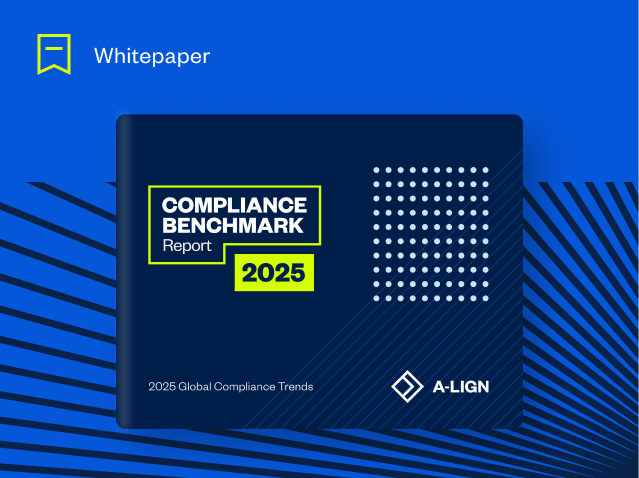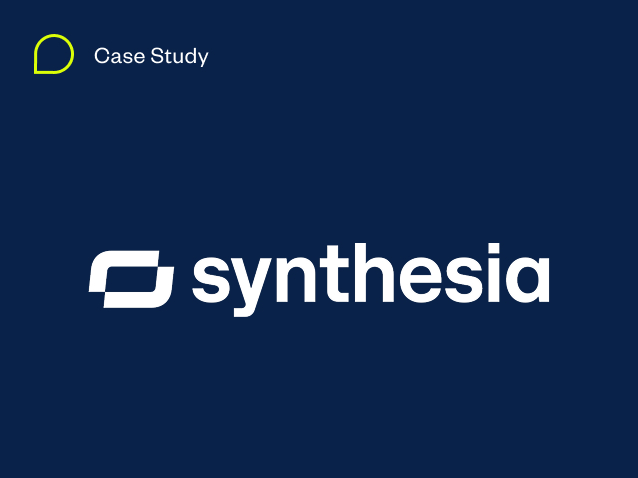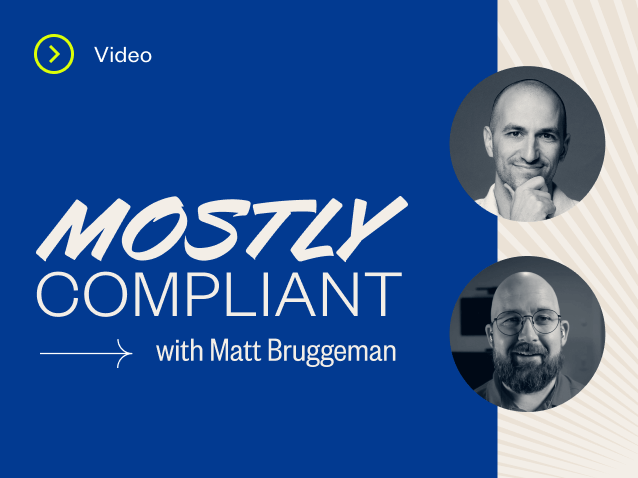StateRAMP provides a comprehensive security framework designed to improve cloud security for state and local governments. Learn the ins and outs of the StateRAMP compliance framework its relationship with FedRAMP and how StateRAMP could impact your business.
As cyberattack attempts carried out against state and local governments continue to become more prevalent, government agencies are in dire need of a way to modernize and systematize their cybersecurity practices — especially regarding cloud technologies. That’s where the State Risk and Authorization Management Program (StateRAMP) comes in.
According to Comparitech, various ransomware attacks cost the U.S. government close to $19 billion in 2020. And recent ransomware attacks on state-run facilities have highlighted the importance of increased and improved cybersecurity measures for state and local governments.
StateRAMP provides a comprehensive security framework designed to improve cloud security for state and local governments. It delivers a uniform approach to verifying that cloud service providers (CSPs) meet the standards and regulations needed to do business with state and local governments.
As I outline the details of the StateRAMP compliance framework and its relationship with the Federal Risk and Authorization Management Program (FedRAMP) you will see how, and if, this could impact your business.
The StateRAMP and CSP Relationship
As mentioned above, StateRAMP was created to help state and local government agencies manage and verify the cybersecurity posture of third-party vendors that provide cloud technology solutions, also known as CSPs. This is important because CSPs have been replacing on-premise information technology (IT) solutions at a rapid rate over the past 10+ years.
CSPs offer government agencies cloud computing solutions and services like Software as a Service (SaaS), Platform as a Service (PaaS), and Infrastructure as a Service (IaaS), all of which are designed to improve an organization’s agility and scalability. Gaining advanced storage, computing, and analytics capabilities has become essential for many government agencies to increase collaboration and remote accessibility while gaining deeper insights into their data.
As government agencies adopt StateRAMP to enhance their cybersecurity posture, CSPs that respond to RFPs in those states will need to prove they are StateRAMP authorized. This will be a requirement for any CSP proposals to be considered by certain local government agencies.
StateRAMP’s Solution for State-based Cybersecurity
The StateRAMP framework was created by the StateRAMP non-for-profit organization in response to the encroaching cyber threat crisis that stands to disrupt modern life in unprecedented ways. According to StateRAMP, the program’s purpose is to:
- Help state and local governments protect citizen data.
- Save taxpayer and service provider dollars with a “verify once, serve many” model.
- Lessen the burdens on government.
- Promote education and best practices in cybersecurity among those it serves in industry and government communities.
Protecting Citizen Data
In the recent onslaught of ransomware attacks, it is frequently citizen data that’s held hostage by threat actors who demand a payout. This data is often personal identifiable information (PII) that, if exposed, can allow hackers to commit identify theft or monetize the stolen data on the dark web.
Because state and local government officials are elected to serve the needs of their citizens, keeping personal data safe is a major priority.
Verify Once, Serve Many
StateRAMP makes things easier for CSPs by allowing them to transfer their credentials and certifications across a set of uniform standards. The “verify once, serve many” model was designed so CSPs only need to have their cloud offering or product authorized once to confirm its cybersecurity standards are adequate. This authorization is then enough to be recognized by other government agencies that adopt StateRAMP.
Government employees and officials are able to join StateRAMP at no cost as the program is entirely vendor-funded. This ensures enhanced cybersecurity is accessible for all state and local government agencies, regardless of size or budget.
Lessening the Burden on Government
Related to the last point, the StateRAMP model alleviates strain on state and local governments by removing the need for them to conduct redundant security assessments. In addition to being cost-efficient because StateRAMP removes the need for repetitive CSP security assessments, it saves countless hours and staffing needs that could be better utilized elsewhere.
For example, before StateRAMP, a government agency might have to review a dozen CSP vendors that responded to an RFP, even if they knew only a few of them would likely have acceptable cybersecurity standards in place. With StateRAMP, governments don’t have to waste valuable resources doing assessments for organizations that are severely lacking in cybersecurity maturity.
Promoting Cybersecurity Education and Best Practices
In the constantly evolving landscape of cybersecurity and compliance, it can be tough to stay up to date on the latest developments and regulations. StateRAMP aims to be as transparent as possible about policies and procedures, making cybersecurity knowledge available for anyone who wants to learn. In fact, the StateRAMP website provides a wealth of documents, templates, and other resources related to StateRAMP compliance.
After all, StateRAMP was designed to ensure government agencies and CSPs truly understand the reasoning and mechanisms behind the StateRAMP framework.
How Does StateRAMP Work?
Much like FedRAMP was created to provide a standardized approach to security assessment, authorization, and continuous monitoring for cloud products and services that store, process and transmit federal information, StateRAMP was designed to do the same for state and local government agencies.
StateRAMP’s Security Assessment Framework process is modeled after the National Institute of Standards and Technology (NIST) Risk Management Framework. Its primary requirements for CSPs seeking authorization include:
- Compliance with the security standards listed in NIST Special Publication 800-53 Rev. 5.
- A relationship with a Third-Party Assessment Organization (3PAO) that serves as a partner and educator throughout the entire process.
- Producing an in-depth security report in collaboration with a 3PAO that proves the organization has all the necessary controls in place and meets all requirements for authorization.
- Participating in continuous monitoring to demonstrate that the organization continues to maintain StateRAMP compliance.
To have a cloud offering or product become StateRAMP authorized, CSPs must work with their 3PAO to identify their impact level category based on the type of government data they handle, and the consequences that would result if a breach were to occur.
Each of the four categories corresponds with a defined set of security controls which align with familiar FedRAMP impact levels:
- Category 1 – This is the baseline any CSP has to meet. It maps to systems that involve publicly available data. Category 1 aligns with the “low” impact level in FedRAMP.
- Category 2 – This category covers data that is not available to the public, such as PII. Category 2 aligns with the “low” impact level in FedRAMP and contains some elements of the “moderate” impact level control baselines. Category 2 will continue to be developed and validated throughout this year.
- Category 3 – This category involves confidential data and systems that are of high criticality to the continuity of government. Category 3 aligns with the “moderate” impact level in FedRAMP.
- Category 3+ – This category is reserved for FedRAMP High authorized systems for reciprocity with StateRAMP.
StateRAMP also provides an official data classification tool that includes a brief survey to help government agencies determine what StateRAMP security category requirements they need to include in their RFPs. This tool can also help CSP better understand the StateRAMP security categories and what they entail.
Why Is StateRAMP Necessary?
With so much overlap between StateRAMP and FedRAMP frameworks, you may be thinking, “Why doesn’t a CSP just seek FedRAMP authorization for their products and achieve the same security outcome?”
It’s a fair question. FedRAMP built a reputation as a model security program over the past 10 years and has authorized hundreds of cloud products. Prior to this year, many CSPs that offered cloud solutions to state and local government agencies found themselves using FedRAMP security guidelines, but were still unable to achieve official FedRAMP authorization. This is because FedRAMP was specifically designed for federal agencies. This means organizations cannot obtain FedRAMP authorization without doing business with the federal government.
For this reason, a coalition of industry members decided to form the StateRAMP not-for-profit organization to bring FedRAMP’s standardized cloud security approach to state and local governments. As a growing number of states plan to join StateRAMP (the StateRAMP organization is in talks with hundreds of government officials across 35 states and counting), it would be wise for CSPs to start preparing for StateRAMP authorization sooner rather than later.
In addition to enhancing cybersecurity by providing a uniform approach to risk-based management, accomplishing StateRAMP authorization can help CSPs save time and resources by allowing them to re-use their security authorization across multiple government agencies. StateRAMP also increases transparency and trust between government agencies and CSPs, reducing the likelihood of any miscommunication, oversights, or errors that could affect potential contracts or working relationships.
Note: For CSPs that do business with both federal and state/local government and are already FedRAMP authorized, a reciprocity program is in process that will allow these organizations to take an accelerated path to StateRAMP authorization.
Get Started with StateRAMP
In a time when the public and private sectors are realizing they must work together to keep out threat actors, StateRAMP is a significant milestone for transparency, standardization, and community in cybersecurity.
If your organization requires StateRAMP authorization to do business with a state or local government agency, A-LIGN can help put you on the right track. Drawing from our extensive experience as a 3PAO for FedRAMP, A-LIGN is one of the only StateRAMP-registered assessors on the market today.





